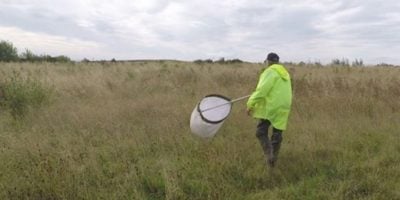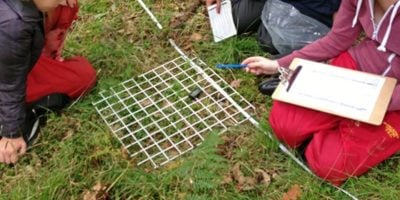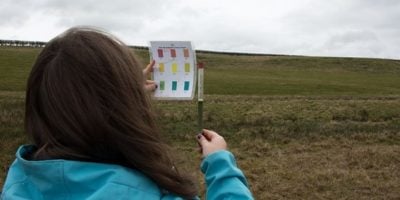Why sample?
Sampling is the process of collecting data from some sites or people in order to obtain a perspective on the population. You should explain how representative a sample is. It affects how the findings can be applied.
- Sample – A limited number of things, such as a group of 100 people or 50 pebbles on a beach
- Population – The total number of things, such as all residents of a city or all pebbles on a beach
- Representative – How closely the relevant characteristics of the sample match the characteristics of the population
- Bias – An inclination or prejudice towards or against a specific finding or outcome
The aim of sampling is to select a sample which is representative of the population.
There are three techniques:
- Random sampling
- Stratified sampling
- Systematic sampling
Random sampling
This is where each member of the population is equally likely to be included.
For taking random samples of an area, use a random number table or random number generator to select numbers. Use pairs of numbers as x and y co-ordinates. You could use a meter ruler interval markings (e.g. to take vegetation samples in a saltmarsh) or grid references (e.g. to find random samples in an upland area).
Random sampling is used to select a sample that is unbiased. Within each area, every part of the area must have an equal chance of being chosen. Random sampling with quadrats is used to examine differences between contrasting habitats within an habitat. There are many possible questions that could be investigated in this way.
In each habitat you are investigating, mark out a 10m x 10m square on the ground by laying one tape measure 10m lengthways and a second tape measure 10m at right angles to the first. Use a random number table (or random number generator on a calculator) to select numbers from 1-10. Each pair of random numbers can be used as x and y co-ordinates, using the metre interval markings on each tape measure. Use these to locate the lower left hand corner of a frame quadrat or use a point quadrat. Take at least 10 quadrat samples in each area.
Stratified sampling
This is where a proportionate number of observations is taken from each part of the population.
Divide a habitat into zones which appear different and take samples from each zone. For example, if vegetation cover in an area of heathland is 60% heather and 40% gorse, for a stratified sample take 60% of the samples from within heather and 40% of the samples from within gorse.
Systematic sampling
Systematic sampling is used where the study area includes an environmental gradient. A transect is used to sample systematically along the environmental gradient. For example, every 10 meters along a line running from seashore inland across a sand dune system.

Mobile organisms
Catching invertebrates in leaf litter and soil, and trees and bushes. Mark release recapture.
Vegetation Sampling
Frame quadrats, point quadrats and transects: frequency, cover, abundance and composition
Abiotic Factors
Terrestrial environmental factors: slope profile, soil and microclimate. Freshwater and marine environmental factors.
Secondary and Further Education Courses
Set your students up for success with our secondary school trips and courses. Offering excellent first hand experiences for your students, all linked to the curriculum.
Group Leader and Teacher Training
Centre-based and digital courses for teachers
Experiences for Young People
Do you enjoy the natural world and being outdoors? Opportunities for Young People aged 16-25.
